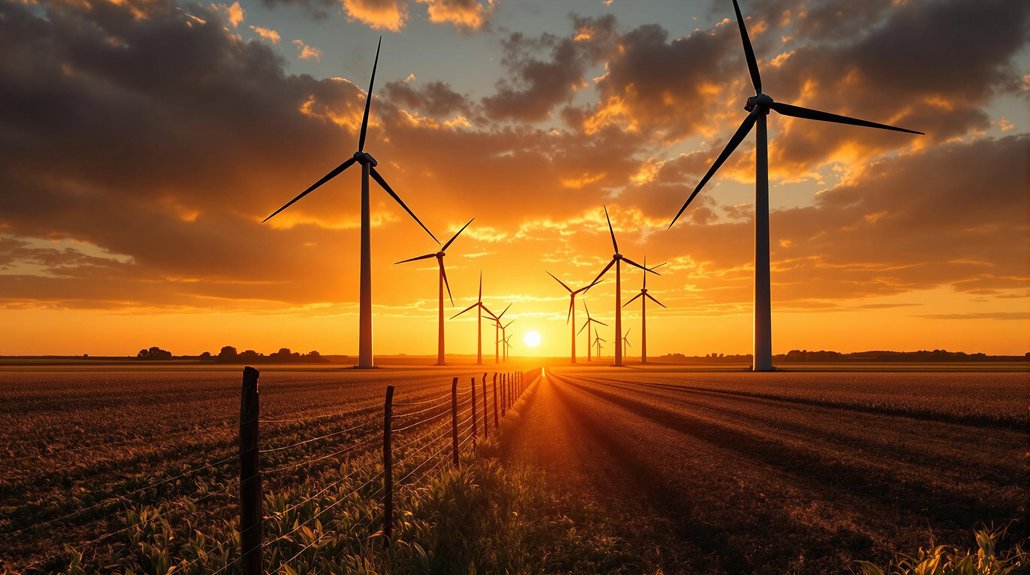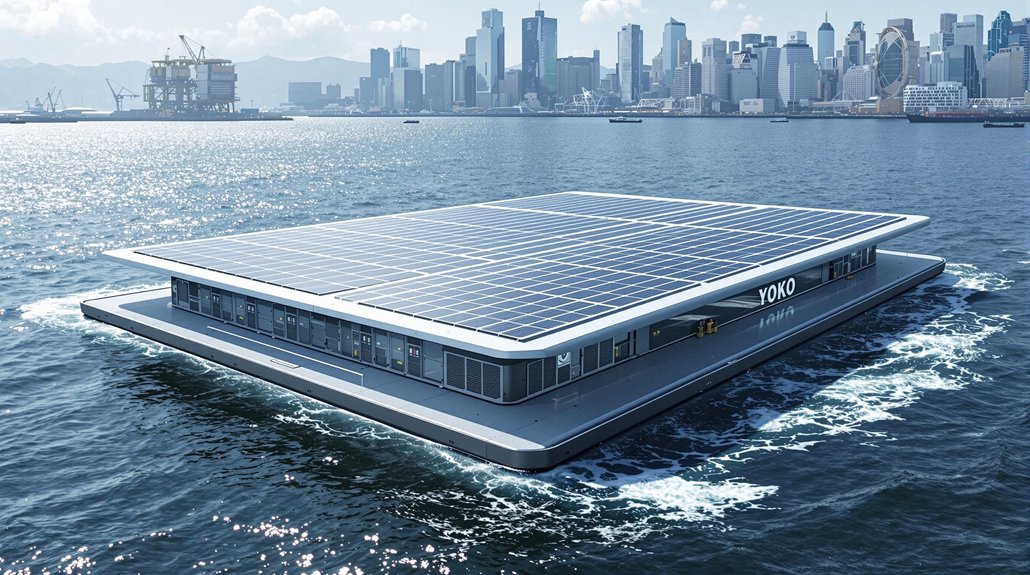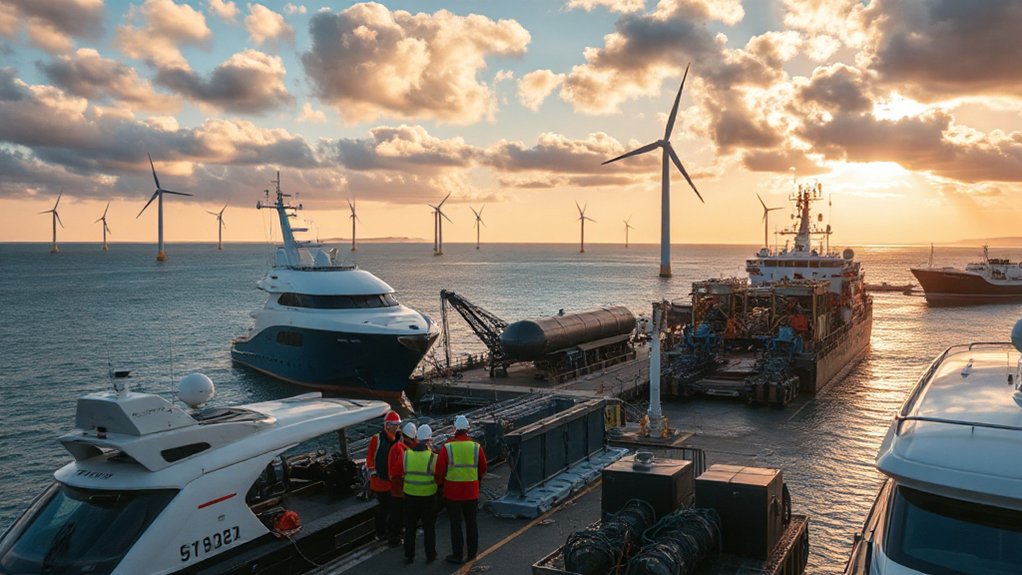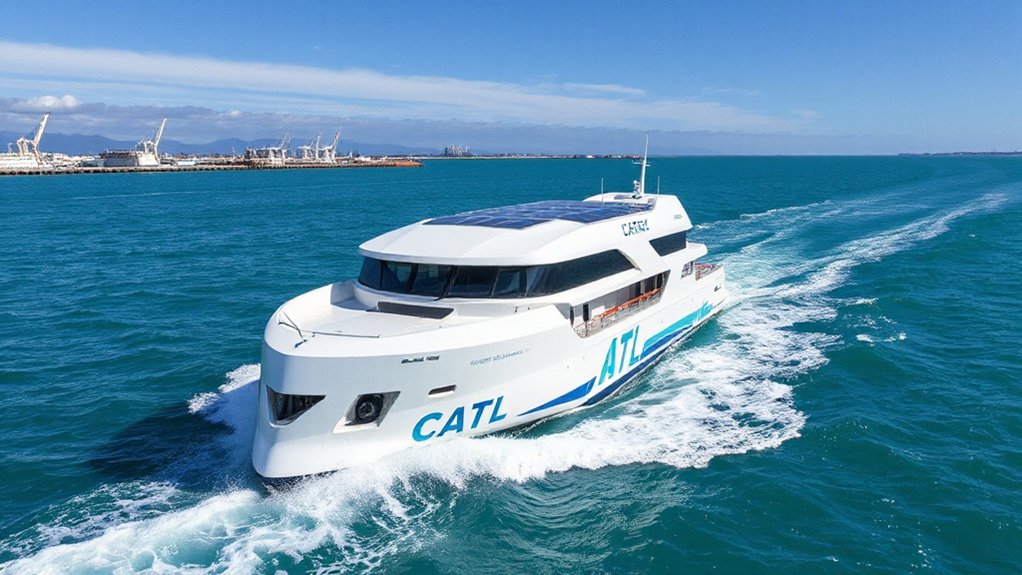Disputes over “wind theft” are dividing rural communities as wind farms expand across America. Farmers with turbines on their land earn steady income, while neighbors claim these structures capture wind before it reaches their properties. The conflicts have led to harassment, lawsuits, and restrictive local ordinances. Property values may drop within a mile of turbines, intensifying tensions. These battles raise fundamental questions about who actually owns the wind.
As wind farms expand across rural America, a new and unusual conflict is creating deep divides in farming communities. Some farmers are accusing their neighbors of “stealing” wind that would otherwise flow across their properties. The accusations stem from turbines capturing wind energy before it reaches adjacent lands, sparking heated disputes over who actually owns the breeze.
The economic stakes are significant. Wind power installations can generate millions in revenue for rural areas, but the benefits aren’t always distributed equally. Landowners who lease their property for turbines receive steady income, while their neighbors may experience decreased property values without compensation. Modern turbines with 210-foot blades create a substantial wind shadow that can affect neighboring properties.
Wind energy brings prosperity to some farmers while leaving their neighbors to bear costs without reward.
Studies show property values can drop within a one-mile radius of turbines, though some research indicates these losses may recover over time.
“It’s creating a have and have-not situation in our community,” said one farmer who wished to remain anonymous. “Those with turbines get paid, while the rest of us deal with the consequences.”
Social tensions have escalated beyond verbal disagreements. Reports of harassment between pro-wind and anti-wind factions have emerged in several states. Similar to Kenya’s Lake Turkana project, expectations of job creation have not materialized in many communities, leading to increased resentment. Community meetings about proposed wind projects have become increasingly contentious, with some ending in shouting matches.
Legal battles are also mounting. Developers face lawsuits over alleged violations of property rights, while local governments are passing restrictive ordinances to block new projects. These regulatory challenges have led to higher cancellation rates for planned wind farms. A Lawrence Berkeley National Laboratory report found that a quarter of wind project applications were canceled due to local opposition.
Environmental concerns further complicate the issue. Critics point to harm to bird and bat populations, while supporters emphasize wind energy’s role in reducing carbon emissions. Noise pollution and the visual impact of turbines on rural landscapes remain contentious points.
The disputes highlight a fundamental question about natural resources: Can anyone truly own the wind? As one legal expert noted, “We’re in uncharted territory. Our property laws weren’t designed with wind rights in mind.”
Until clear regulations emerge, these rural “turbine wars” are likely to continue dividing communities across America’s heartland.








